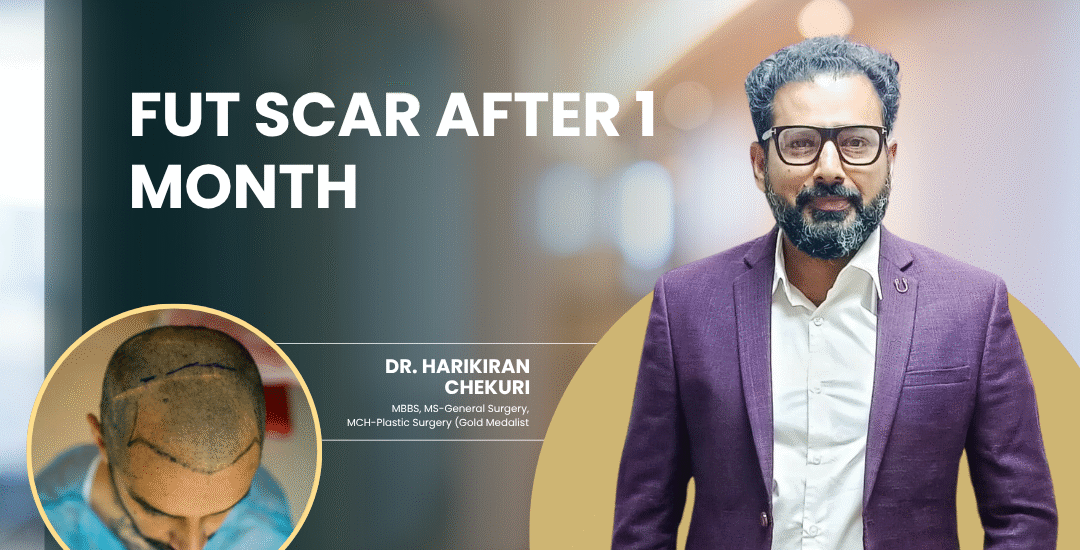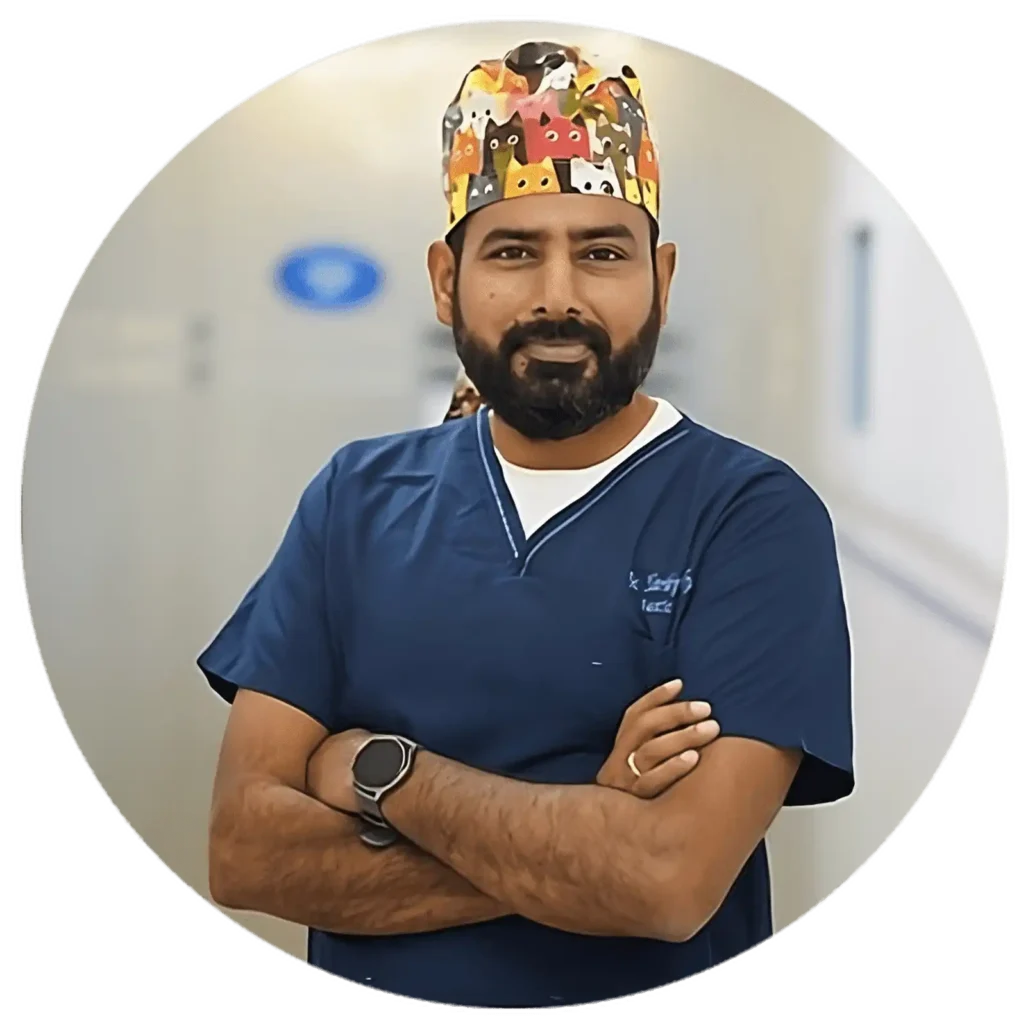Follicular Unit Transplant (FUT) is a method of hair transplantation that is quite common. In this procedure, a strip of skin containing hair is taken from the donor area, typically on the back of the head. Although the FUT procedure is effective with natural hair growth, it does leave behind a linear scar. Knowing what your FUT scar at 1-month post-op should look like and the necessary care you should give to it, will promote healing and the least amount of visible scarring possible.
If you are considering or have recently undergone a hair transplant, choosing an experienced surgeon plays a vital role in the scar’s appearance and healing. Dr. Harikiran Chekuri, a highly skilled plastic surgeon in Hyderabad, is well-known for his precision in hair restoration techniques. At his clinic, every treatment plan is customized to ensure natural results and optimal healing outcomes.
Dr. Harikiran Chekuri explains, “The first month is still an early stage of recovery, and the scar typically appears slightly pink or raised. With proper care and patience, the scar becomes smoother and less noticeable over time.”
Let’s take a closer look.
How Does a FUT Scar Appear After One Month?
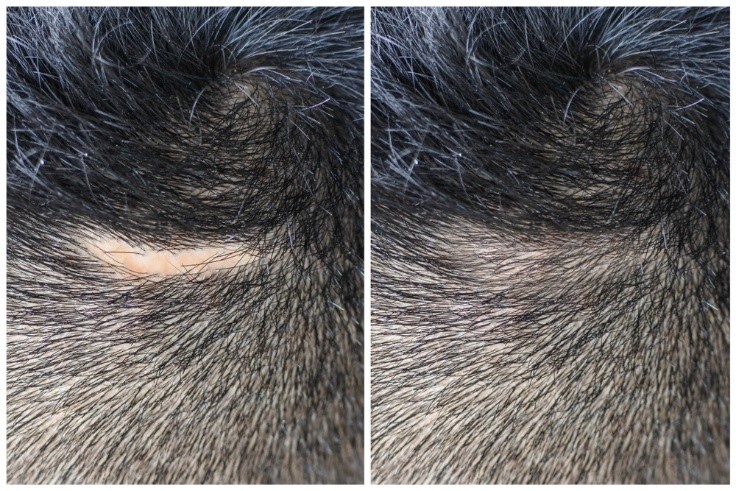
At one-month post-procedure, healing is still occurring. You may observe:
- A thin, linear scar is present at the back of the scalp
- The scar line may remain mildly red or pink
- There may be a slight feeling of tightness or numbness in and around the scar line
- The scar may feel firm to the touch
This is completely normal. The scar continues to mature and evolve over the course of several months. Patients with hair styles that are shorter in length may still observe the scar at this time, however those with medium to long hairstyles often feel the scar has already healed and remains concealed.
How to Care for Your FUT Scar at One Month?
Proper care helps reduce scar prominence. Follow these steps:
- Wash your scalp gently with a mild, surgeon approved shampoo.
- Do not scratch or pick your scar.
- Apply any ointments or healing creams you have been instructed to use.
- Avoid getting your scalp dry to lessen tightness and dryness.
- Keep the area out of direct sunlight exposure; UV light can darken a new scar.
Most importantly, you want to listen to your surgeon to promote smooth healing.
What Activities Should You Avoid One Month After FUT?
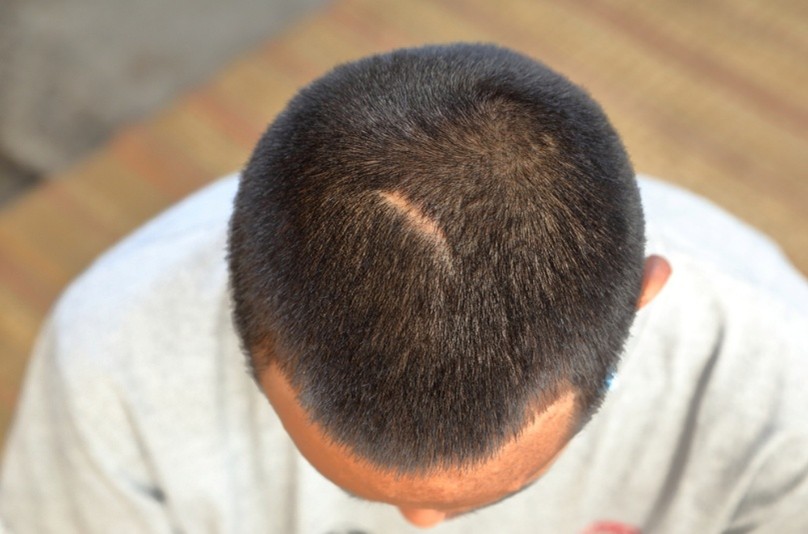
To avoid disrupting scar healing, it’s best to avoid:
- Strenuous physical exercise or weightlifting
- Excessively stretching the neck (distends the scar)
- Tight hairstyles (that pull on your scalp)
- Direct heat (such as steaming, sauna, etc.)
- Smoking and/or drinking alcohol, as they slow tissue repair
Allow your scalp time to heal- gentle care now means better refinement of the scar later.

What Are the Best Ways to Treat a FUT Scar After One Month?
Your surgeon will discuss the following with you, as appropriate to your healing progress:
Scar massage
when you are ready, it will soften the tissue.
Silicone gel or silicone sheets
Low-level laser therapy (LLLT) for wound healing
PRP therapy
may increase blood supply and healing.
Growth factor serums
support remodeling of collagen.
It is our goal to instruct you on assuring your scar will blend in naturally over time with careful follow through.
When to Consult a Surgeon
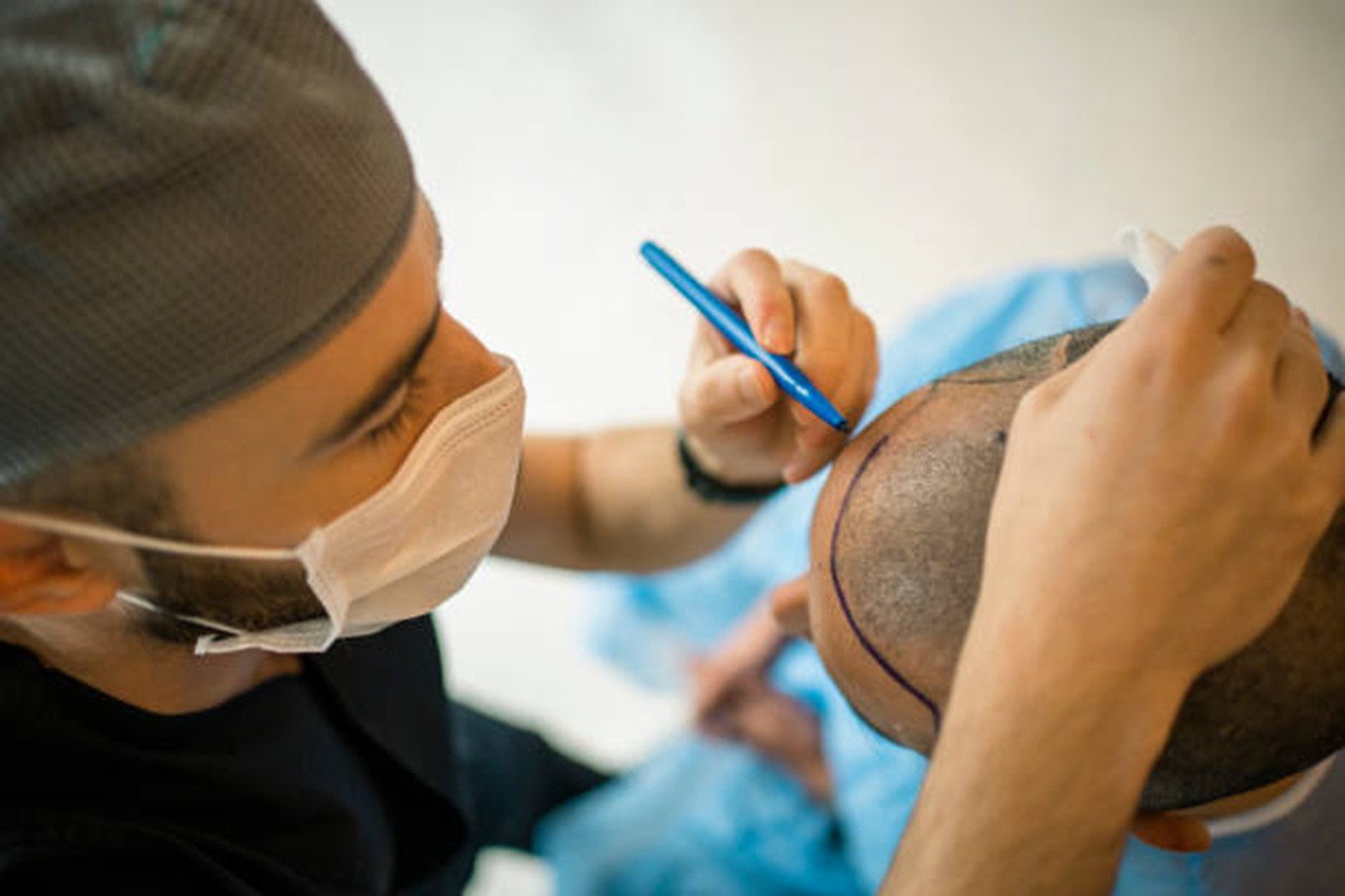
If you notice:
- A progressive increase in pain or redness
- A raised, thickened or worsening scar
- A persistent numbness
- Any signs of infection, including heat or discharge
Early evaluation allows timely correction and better long-term cosmetic results.
Conclusion
Your FUT scar after 1 month is still in the early healing phase, so mild visibility, firmness, and slight color changes are normal. With proper care, patience, and guidance from your surgeon, the scar continues to soften and fade over time. Choosing an experienced plastic surgeon in Hyderabad like Dr. Harikiran Chekuri ensures that the procedure and recovery process are managed with attention to detail and a focus on natural, long-lasting results.
Frequently Asked Questions
1. What if the scar still looks red or raised at one month?
Mild redness or firmness is normal during early healing. However, if the scar appears very raised, itchy, or painful, discuss it with your surgeon to rule out hypertrophic or keloid scarring.
2. When does a FUT scar fully heal?
Scar maturation typically takes 6 to 12 months, depending on individual healing.
3. Can I trim or cut my hair one month after FUT?
Yes, but avoid very short haircuts if you want to conceal the scar.
4. Will the scar disappear completely?
The scar does not disappear entirely, but with proper care, it can become thin and minimally noticeable.
5. Will applying scar creams help at one month?
Scar gels or silicone sheets can support healing, but only use products recommended by your surgeon. Avoid over-the-counter creams without medical guidance.
Reference
https://ishrs.org/fut/
https://pmc.ncbi.nlm.nih.gov/articles/PMC6795649/

